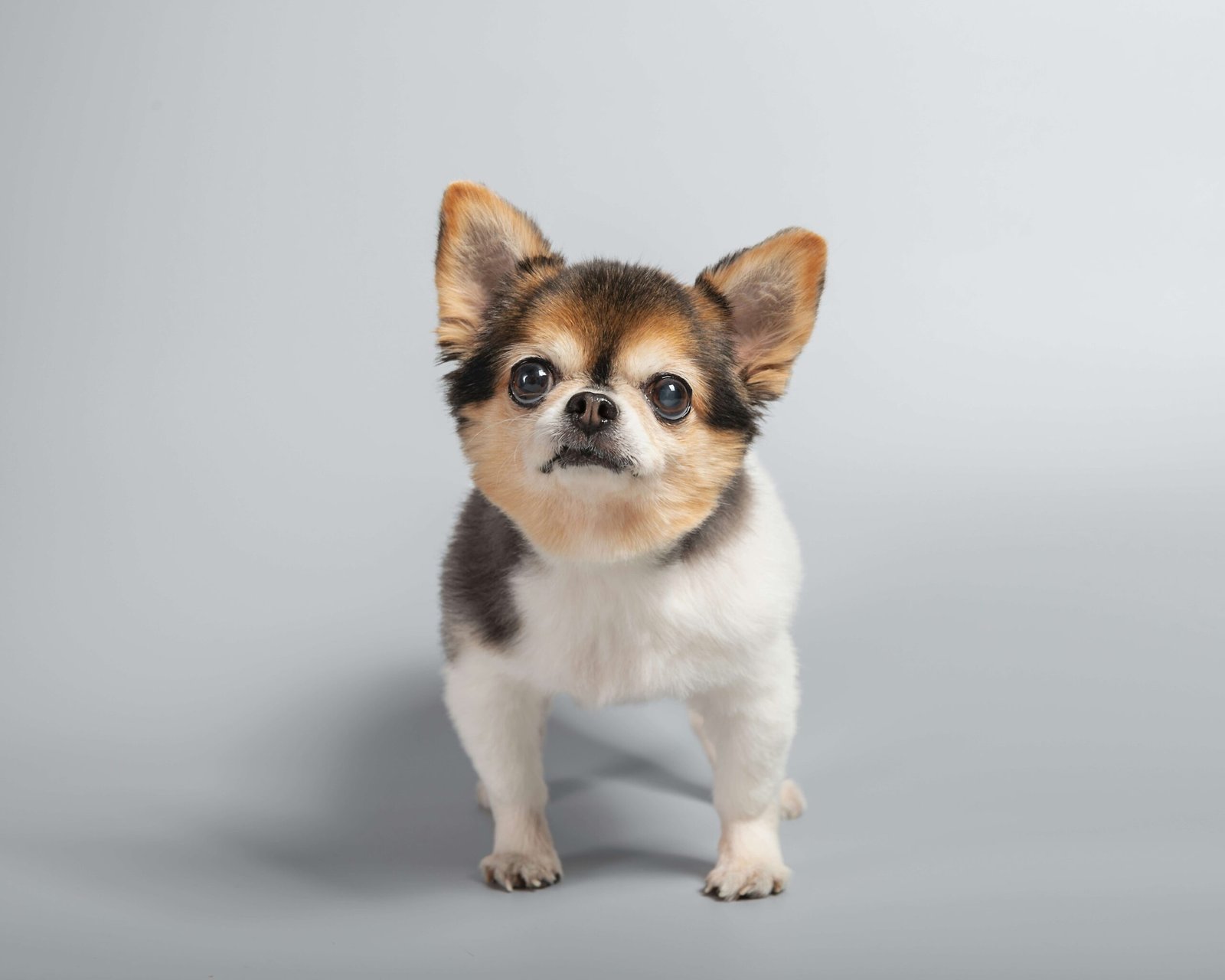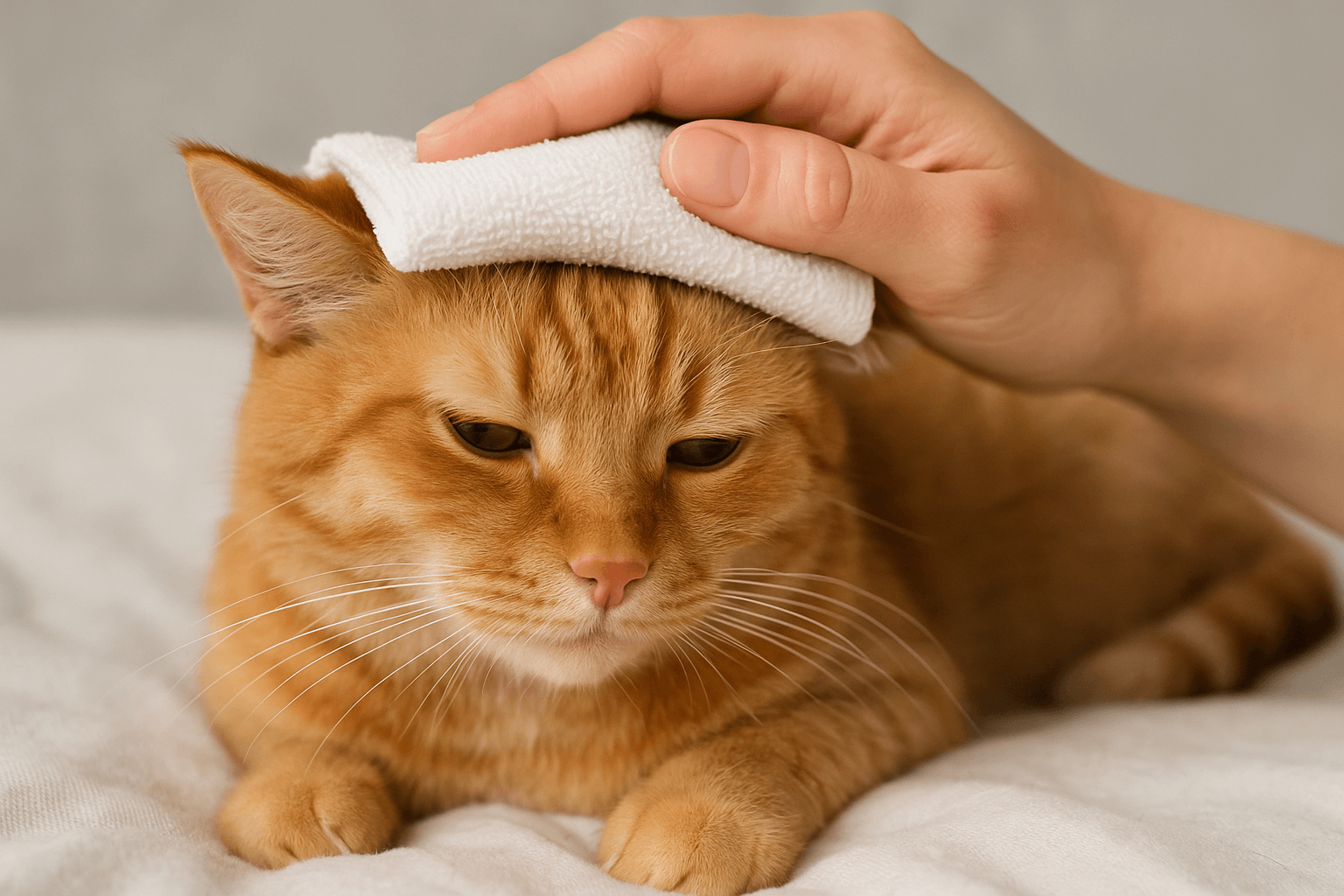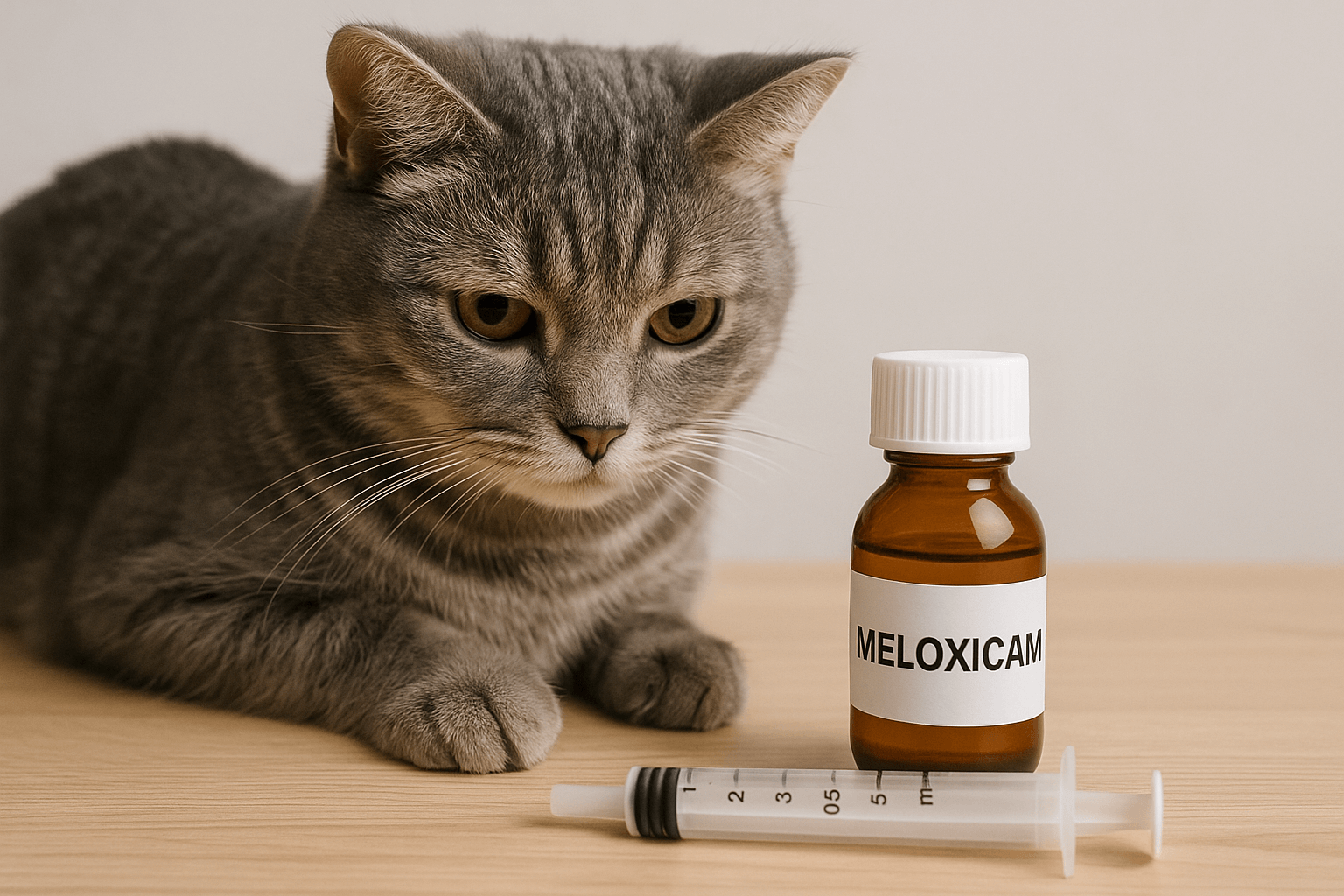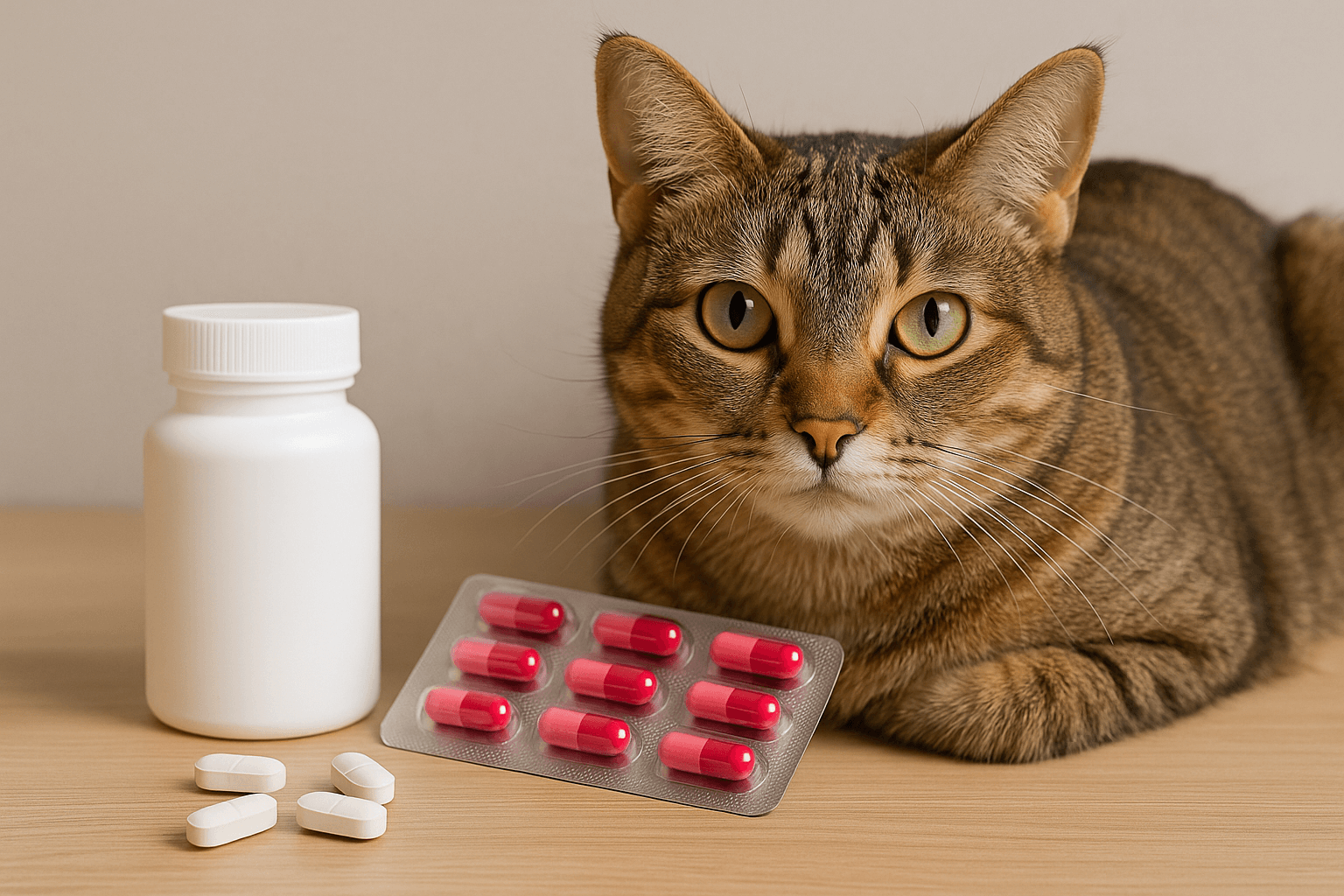My Dog Ate a Sock: What You Need to Know
It’s every dog owner’s nightmare: you turn your back for just a moment, and suddenly your furry friend has swallowed something they shouldn’t have—like a sock. While it might seem funny or harmless at first, the reality is that ingesting non-food items can pose serious health risks to your dog. From gastrointestinal blockages to potential surgery, the consequences of your dog eating a sock can range from mild to life-threatening.
In this blog post, we’ll explore what to do if your dog ate a sock, how to recognize symptoms of distress, and steps you can take to prevent this situation in the future. Armed with expert advice and practical tips, you’ll be better prepared to handle this common yet concerning issue.
Immediate Steps to Take If Your Dog Ate a Sock
If you discover that your dog has eaten a sock, staying calm and acting quickly is essential. Here are the steps you should follow to ensure your dog’s safety:
Assess the Situation : Try to determine how much of the sock was ingested and whether any pieces remain in their mouth.
Check for Choking : If your dog is gagging, coughing, or struggling to breathe, the sock may be stuck in their throat, requiring immediate intervention.
Call Your Veterinarian : Contact your vet as soon as possible to describe the situation and seek professional advice tailored to your dog’s size and breed.
Monitor Symptoms : Watch for signs of discomfort, such as vomiting, lethargy, or refusal to eat, which could indicate an obstruction.
Avoid Home Remedies : Do not attempt to induce vomiting or give medications without explicit instructions from your vet.
Taking these steps promptly can help prevent complications and ensure your dog receives the care they need.
Signs That Your Dog May Have a Blockage
When a dog eats a sock, there’s a risk that it could cause a blockage in their digestive tract. Recognizing the warning signs early can make all the difference in their recovery. Here are some symptoms to watch for:
Vomiting : Persistent vomiting, especially shortly after eating, is a common sign of an intestinal blockage.
Loss of Appetite : If your dog refuses meals or shows little interest in food, it could indicate discomfort or pain.
Lethargy : Unusual tiredness or lack of energy may suggest your dog is unwell due to the ingested sock.
Straining to Defecate : Difficulty passing stool or producing small amounts of feces can signal a blockage.
Abdominal Pain : Whining, restlessness, or sensitivity when you touch their belly may indicate internal discomfort.
If you notice any of these symptoms, contact your veterinarian immediately to prevent further complications.
Check this guide 👉My Dog Ate Weed: Best 7 Expert Tips!
Check this guide 👉My Dog Ate a Candy Cane: Best 7 Health Tips!
Check this guide 👉My Dog Ate a Rock – Will It Pass? Best 7 Health Tips!

Symptom | What It Could Mean |
|---|---|
Vomiting | Possible intestinal blockage caused by the sock. |
Loss of Appetite | Discomfort or pain preventing normal eating habits. |
Lethargy | A sign your dog may be feeling unwell or fatigued. |
Straining to Defecate | The sock may be obstructing the digestive tract. |
Abdominal Pain | Indicates potential internal irritation or blockage. |
How to Prevent Your Dog from Eating Socks
Prevention is always better than cure when it comes to your dog’s safety. By taking proactive measures, you can reduce the likelihood of your dog eating socks or other dangerous items.
Supervise Playtime : Keep an eye on your dog during play to ensure they don’t chew on inappropriate objects.
Provide Chew Toys : Offer plenty of safe, durable chew toys to satisfy your dog’s natural urge to chew.
Store Socks Safely : Keep socks and other small items out of reach, ideally in closed drawers or laundry baskets.
Train the “Leave It” Command : Teaching your dog this command can help redirect their attention from harmful objects.
Address Boredom : Ensure your dog gets enough physical and mental stimulation to prevent destructive chewing behaviors.
By implementing these strategies, you can create a safer environment for your dog and minimize the risk of accidents.
Treatment Options If Your Dog Ate a Sock
If your dog ate a sock, the treatment will depend on the severity of the situation and whether a blockage has occurred. Here are some possible interventions:
Observation : In mild cases, your vet may recommend monitoring your dog closely for a few days to see if the sock passes naturally.
X-Rays or Ultrasound : Imaging tests can help determine if the sock is causing an obstruction and its exact location in the digestive tract.
Induced Vomiting : If the sock was recently ingested and isn’t causing immediate harm, your vet may induce vomiting to retrieve it.
Endoscopy : A minimally invasive procedure where a camera is used to locate and remove the sock from the stomach or esophagus.
Surgery : In severe cases, surgery may be necessary to remove the sock and repair any damage caused by the blockage.
Understanding these treatment options can help you make informed decisions about your dog’s care in consultation with your veterinarian.
Common Household Items Dogs Might Eat Besides Socks
While socks are a frequent culprit, dogs are notorious for chewing on and swallowing a variety of household items. Knowing what else to watch out for can help you prevent accidents.
Underwear and Clothing : Similar to socks, these small fabric items are easy for dogs to grab and chew.
Children’s Toys : Small or squeaky toys can be mistaken for dog toys and swallowed.
Rubber Bands and Hair Ties : These small, chewy items can easily end up in your dog’s mouth if left unattended.
Food Wrappers : Grease-soaked wrappers from snacks like chips or candy may attract curious pups.
Plastic Bags : The crinkly texture and smell of food residue make plastic bags tempting to chew.
By keeping these items out of reach, you can reduce the risk of your dog ingesting something harmful and avoid unnecessary vet visits.
Signs Your Dog May Be Prone to Eating Non-Food Items
Some dogs have a habit of eating things they shouldn’t, a behavior known as pica. Understanding the signs can help you address the issue early.
Chewing on Furniture or Shoes : If your dog frequently chews on inappropriate objects, they may be at higher risk for swallowing them.
Scavenging Behavior : Dogs that scavenge for food or objects during walks may also ingest non-food items at home.
Boredom or Anxiety : Dogs with excess energy or stress may turn to chewing or eating unusual items as a coping mechanism.
Lack of Training : Dogs that haven’t been taught what is safe to chew on are more likely to experiment with dangerous objects.
History of Pica : If your dog has eaten non-food items before, they may be more likely to do so again.
Recognizing these behaviors can help you take preventive measures and provide appropriate training or enrichment to curb this habit.
How to Puppy-Proof Your Home to Prevent Accidents
Puppies are especially curious and prone to chewing on anything they can find. Puppy-proofing your home is essential to keep them safe.
Secure Trash Cans : Use covered or locked trash cans to prevent your puppy from rummaging through dangerous items.
Use Baby Gates : Block off areas of the house where your puppy might find hazardous objects or small items.
Store Shoes and Clothes : Keep footwear, clothing, and accessories in closed closets or high shelves.
Hide Electrical Cords : Use cord covers or organizers to prevent your puppy from chewing on exposed wires.
Provide Safe Chew Alternatives : Offer plenty of puppy-safe toys and treats to redirect their chewing instincts.
By taking these steps, you can create a safe environment for your puppy to explore without risking their health or safety.
Frequently Asked Questions About My Dog Ate a Sock
Is it dangerous if my dog ate a sock?
Yes, it can be dangerous, as socks can cause blockages in the digestive tract, leading to serious health issues.
What should I do if my dog ate a sock?
Contact your veterinarian immediately and monitor your dog for symptoms like vomiting, lethargy, or loss of appetite.
Can a dog pass a sock naturally?
In some cases, small socks may pass through the digestive system, but larger ones often require medical intervention.
How much does surgery cost for removing a sock?
Costs vary depending on the clinic and procedure, but surgery can range from $1,500 to $5,000 or more.
How can I stop my dog from eating socks?
Supervise your dog, provide appropriate chew toys, and train them to avoid chewing on inappropriate items.
Staying Vigilant: Keeping Your Dog Safe from Harm
Discovering that your dog ate a sock can be a stressful experience, but knowing how to respond can make all the difference. By acting quickly, recognizing symptoms of distress, and seeking professional help when needed, you can ensure your dog’s safety and well-being. Prevention is equally important—creating a safe environment and addressing behavioral issues can significantly reduce the risk of future incidents. Remember, your dog relies on you to keep them safe, and with a little vigilance and care, you can prevent accidents like this from happening again. Stay informed, stay prepared, and cherish every moment with your furry companion.
Cat Fever Treatment: Best 7 Expert Tips! Discover expert advice on identifying, managing, and treating fever in cats to ensure their quick recovery and well-being.
Understanding Meloxicam for Cats: Best 7 Expert Tips! Learn how to safely administer meloxicam, manage side effects, and ensure your cat's comfort with expert advice on feline pain relief.
Amoxicillin for Cat UTI: Best 7 Expert Tips! Discover safe usage, dosage guidelines, and expert advice on treating feline urinary tract infections effectively with amoxicillin.
Understanding Cat Cancer Treatment: Best 7 Expert Tips! Discover expert advice on managing feline cancer, from early detection to treatment options, ensuring your cat’s health and comfort.





